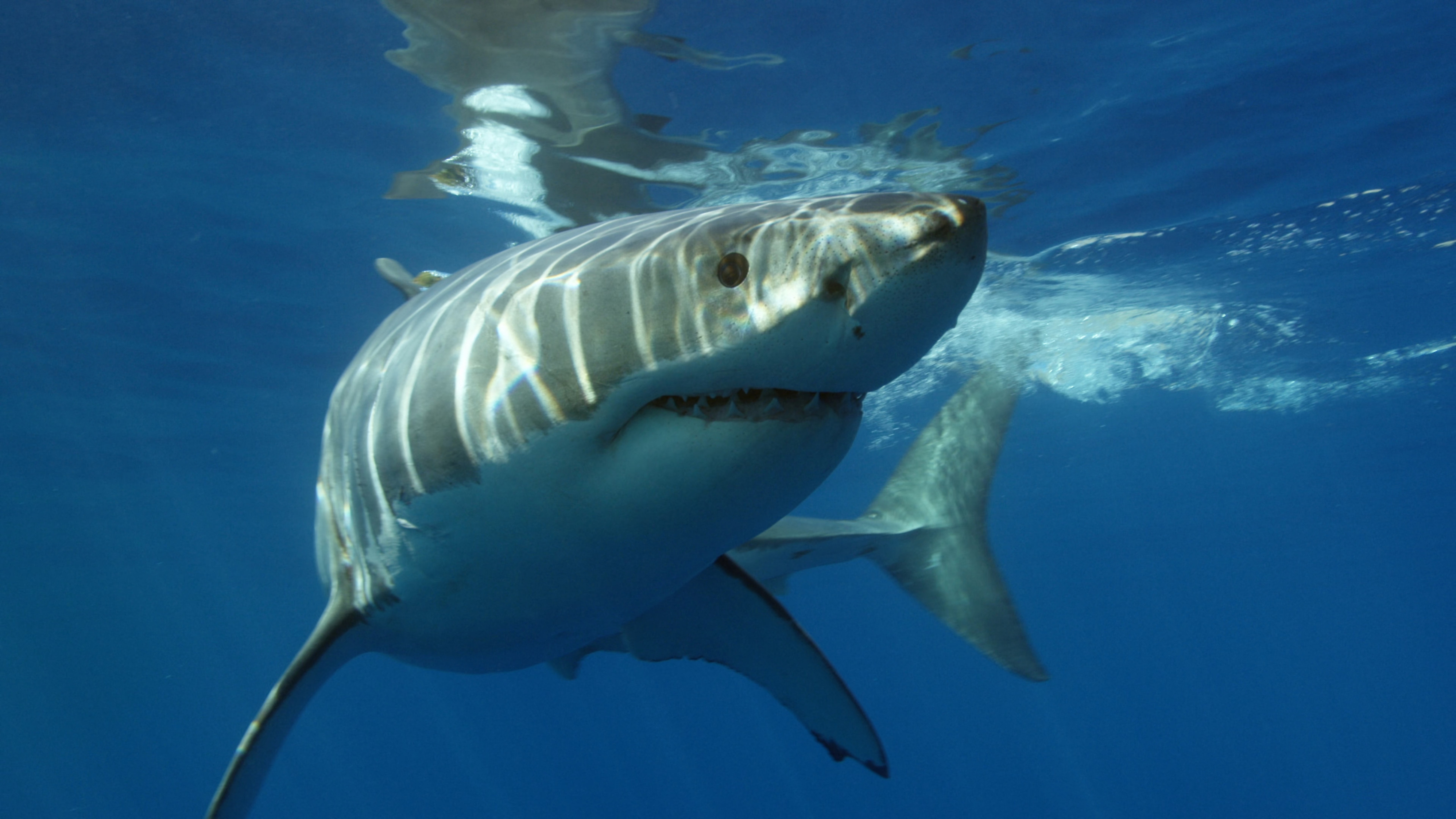Media release
From:
Palaeontology: Great white sharks may have contributed to megalodon extinction
Competition for food resources with the great white shark may have contributed to the extinction of the megalodon, one of the largest carnivores to have ever lived, suggests a study published in Nature Communications. The findings provide insights into the diet of living and extinct sharks.
The trophic level of animals indicates their position within an ecosystem, and diet plays an important role in understanding an animal’s lifestyle and ecology. Zinc is incorporated into the enamel of teeth when they are formed and can be used as a proxy for understanding an animal’s diet and for inferring its trophic level in the ecosystem. The megalodon (Otodus megalodon) was a megatooth shark and the cause of its extinction has been debated.
Jeremy McCormack and colleagues describe a method for inferring diet in fossil organisms by using zinc isotopes. They generated a database of zinc isotope values from shark teeth across 20 living species, including aquarium and wild individuals as well as 13 fossil species including O. megalodon. They found that zinc isotope values were preserved in teeth across geological time periods and also indicate the trophic levels of the species. The authors compared zinc isotope values between O. megalodon and the great white shark and found that when they coexisted, during the Early Pliocene, their trophic levels overlapped and they may have competed for the same food resources, such as marine mammals including cetaceans. The authors highlight that there are multiple potential causes of O. megalodon’s extinction, including climate and environmental changes, but suggest that competition with the great white shark may have been a factor.
McCormack and co-authors conclude that zinc isotopes are a promising tool to investigate diet, ecology, and evolution in other fossil marine vertebrates.



 International
International


